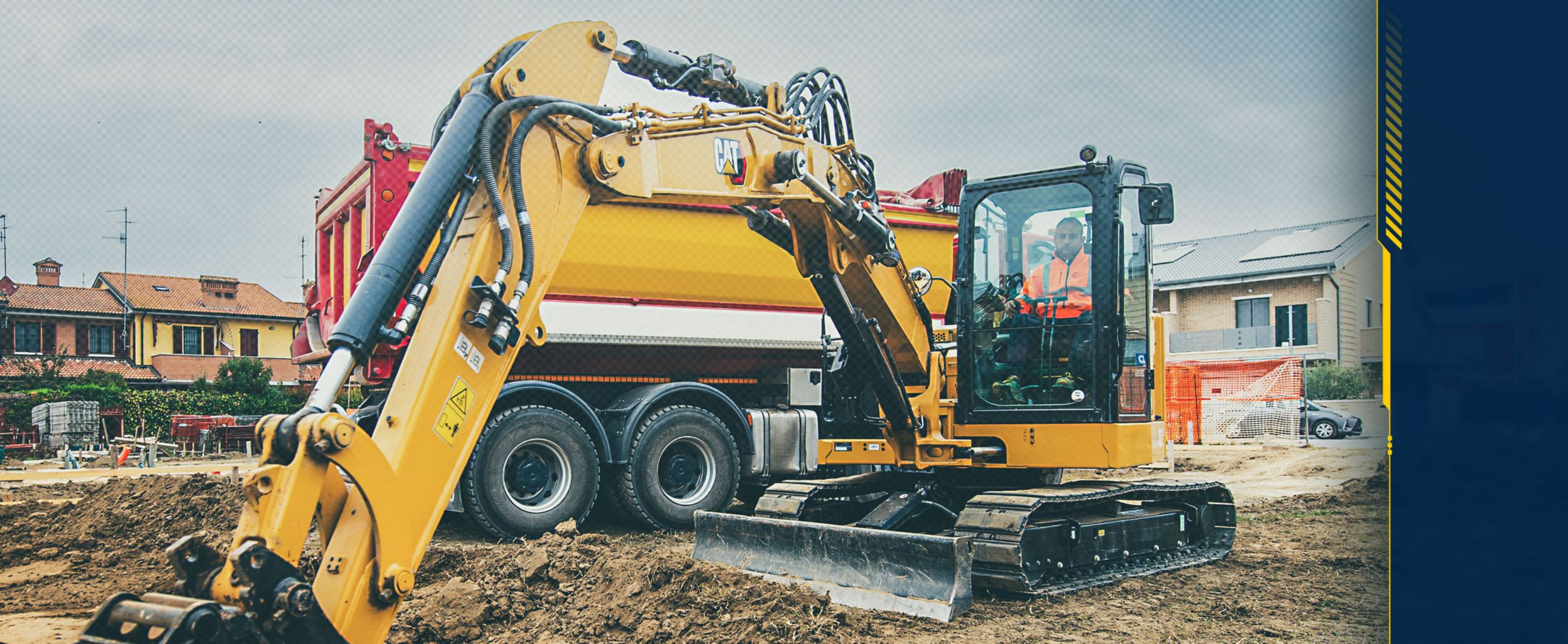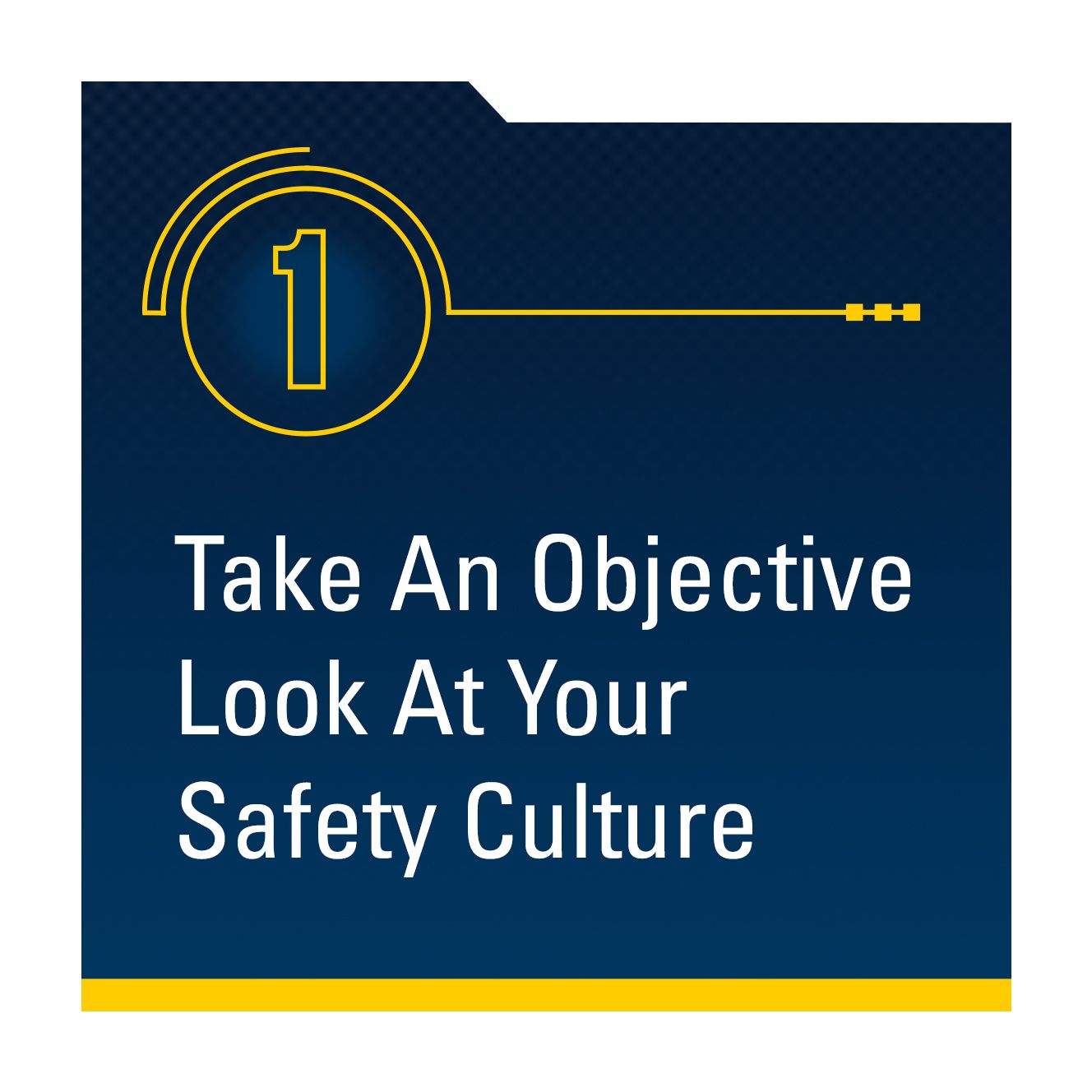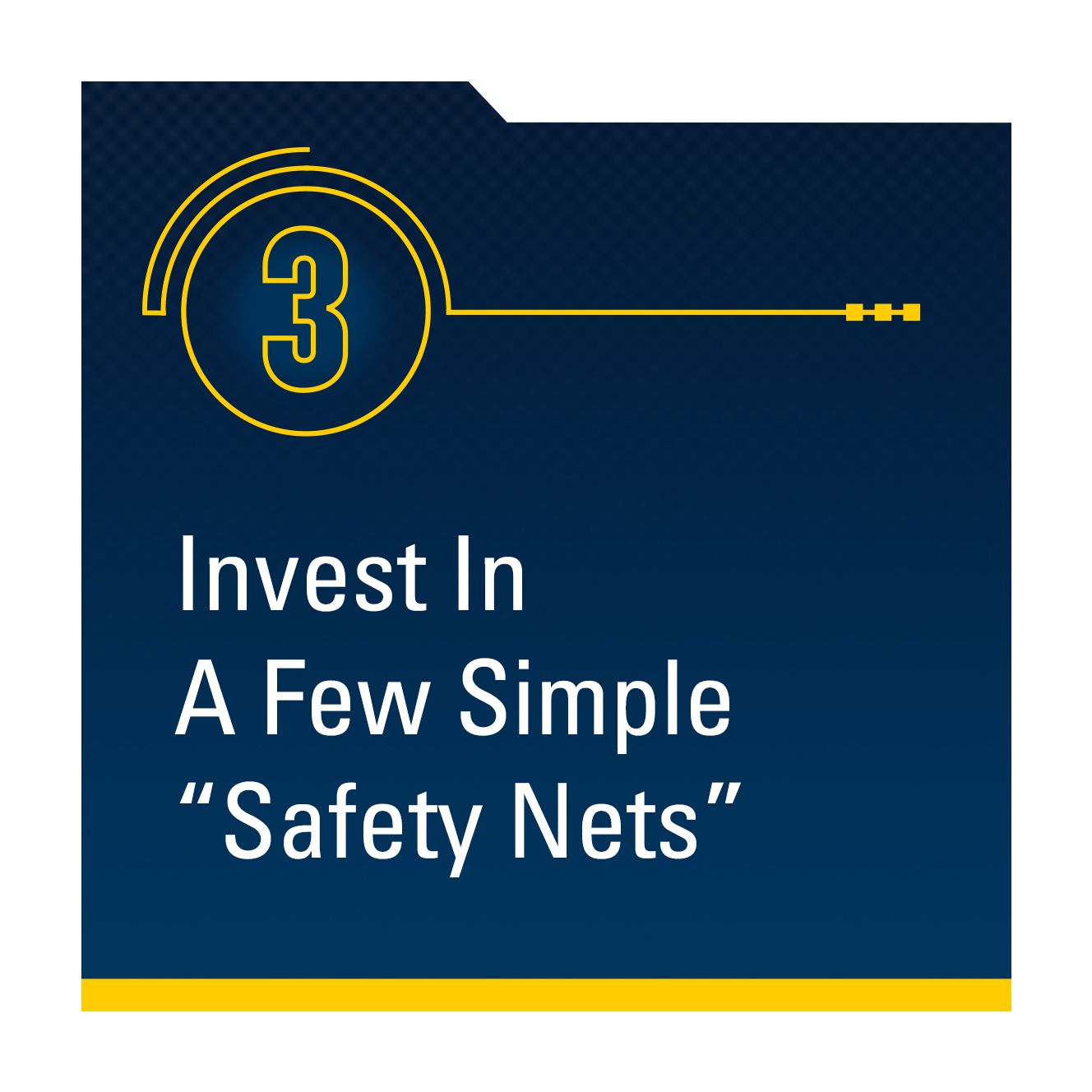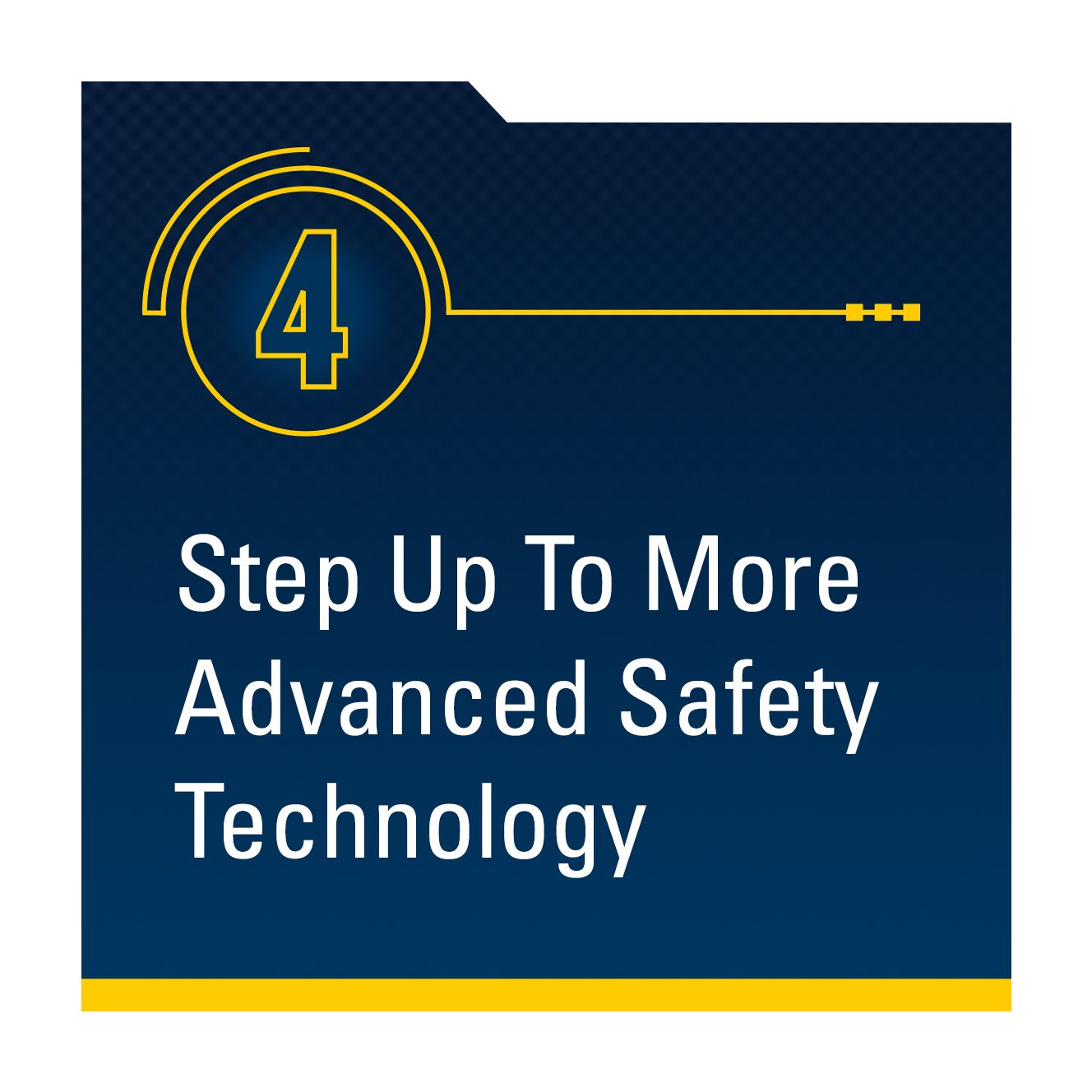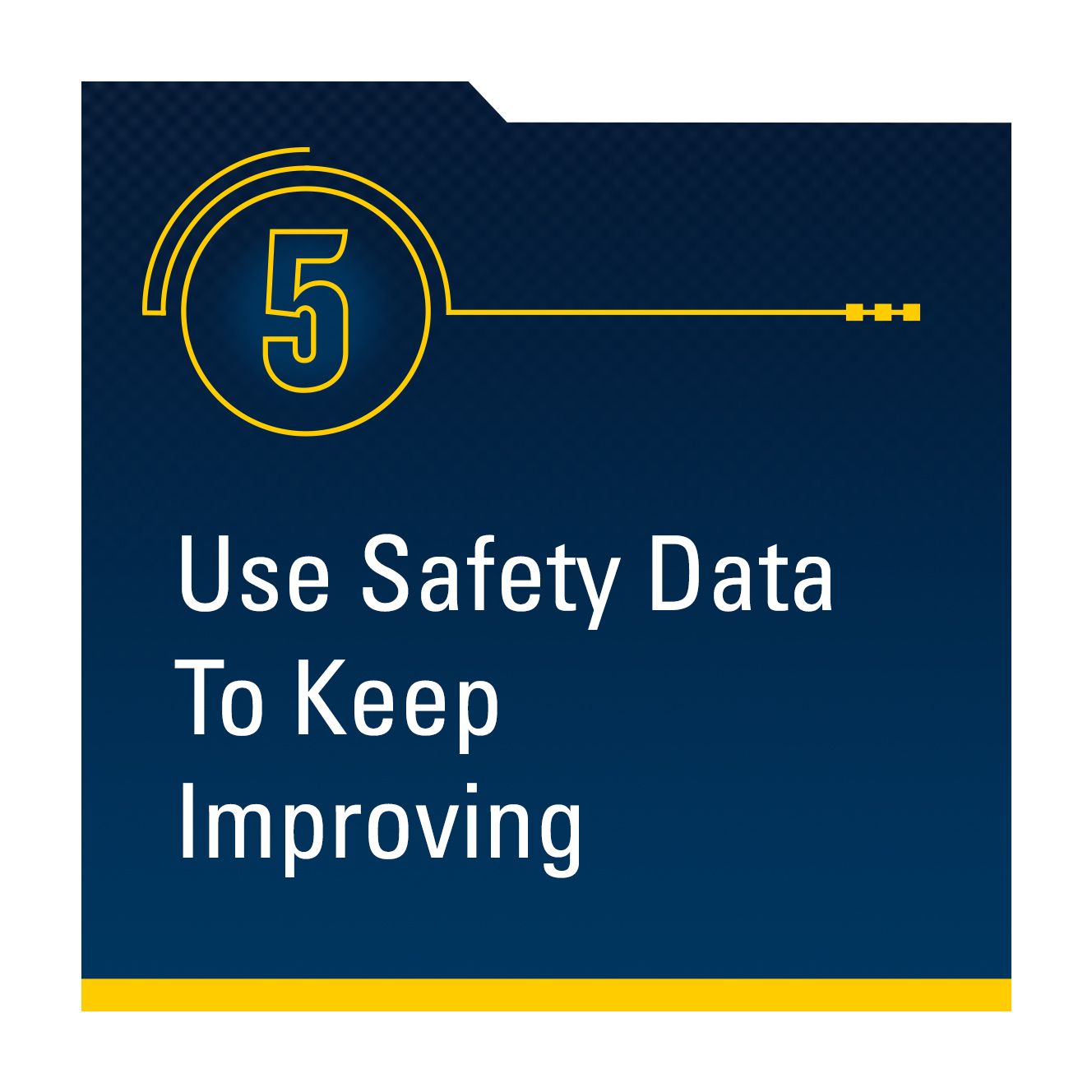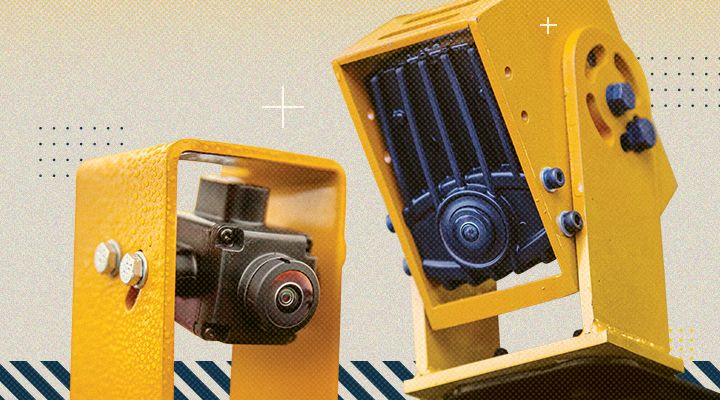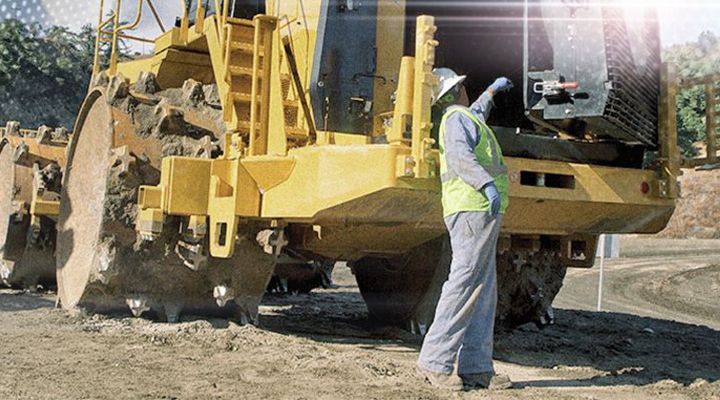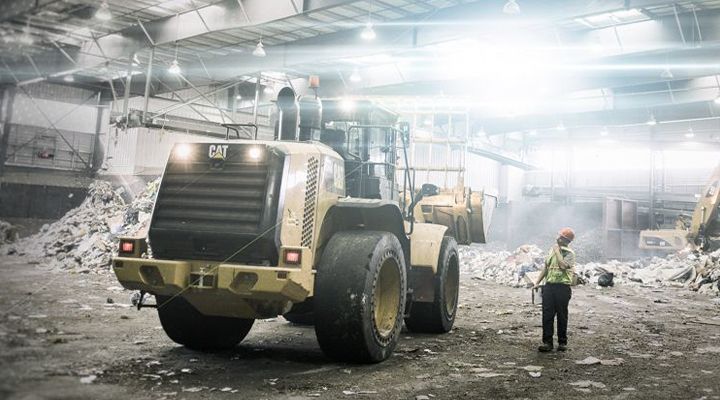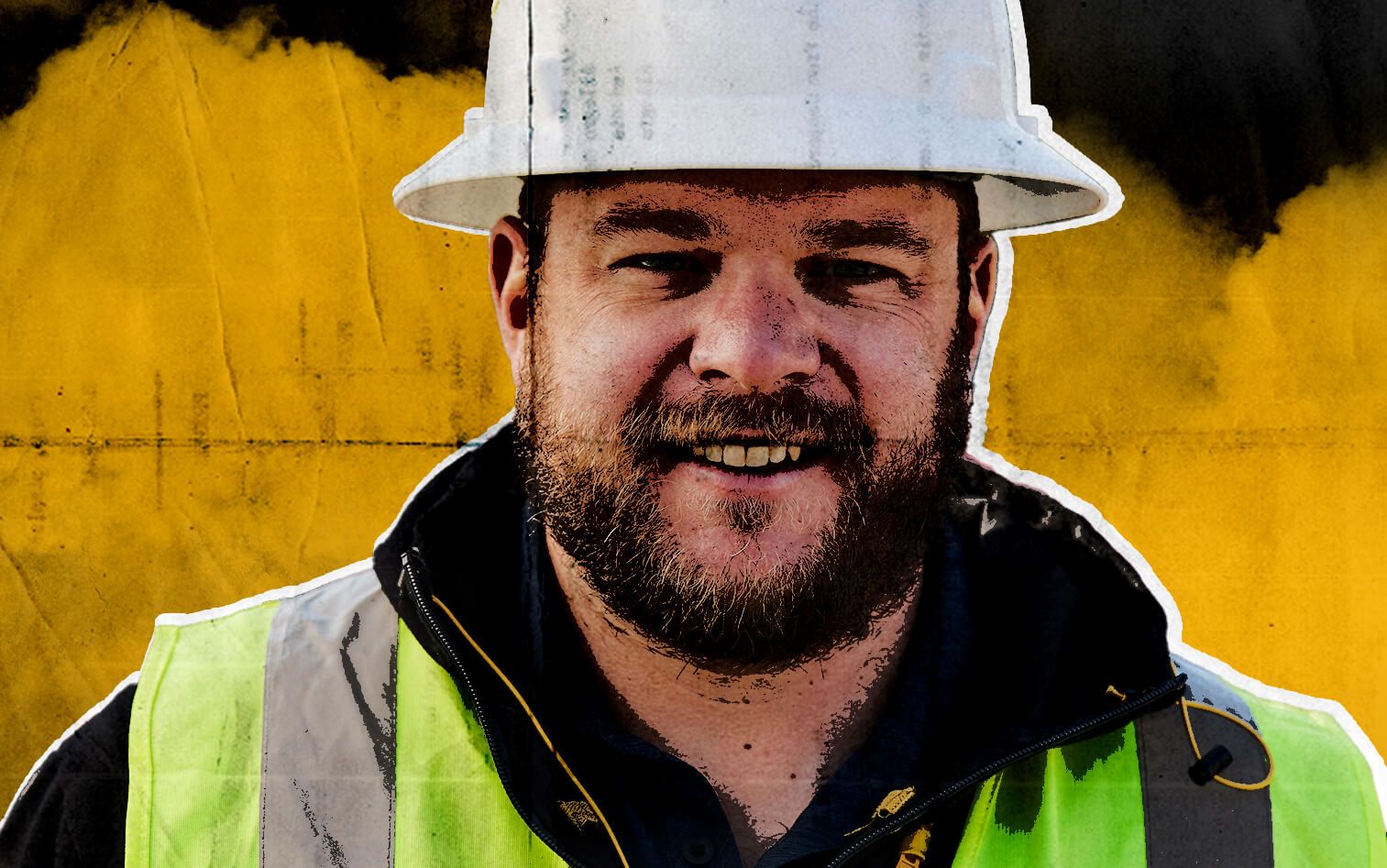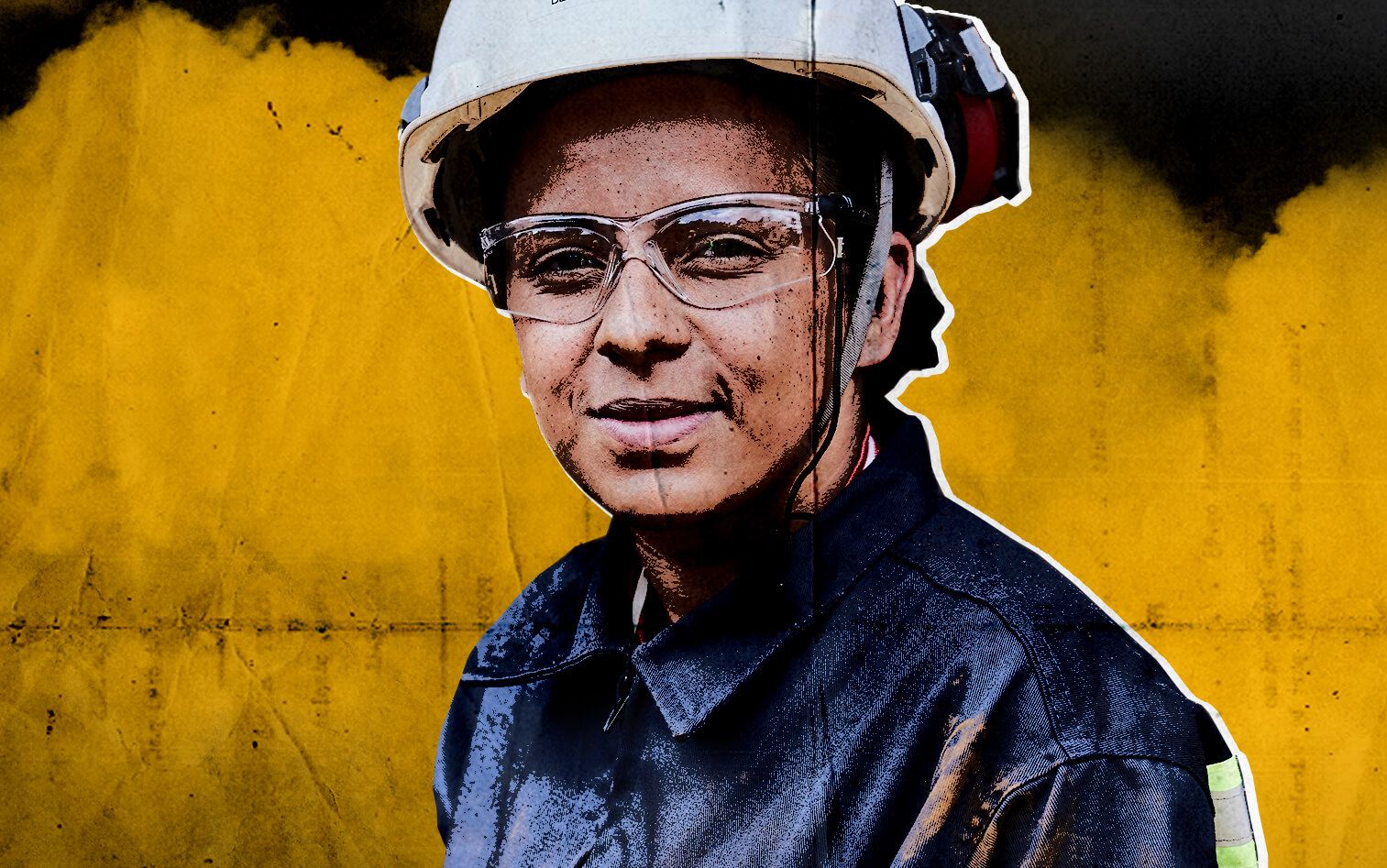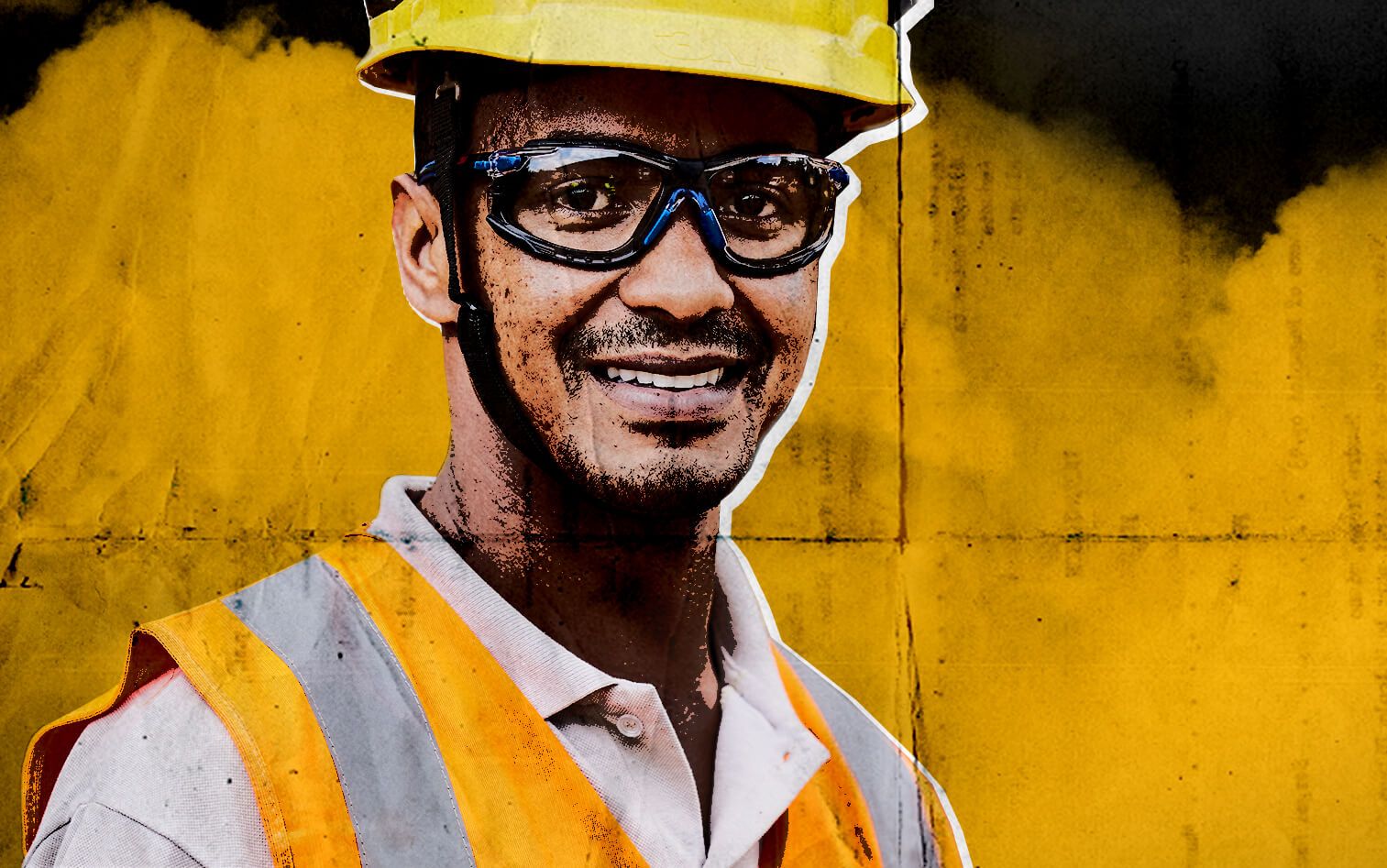

Sign In
Welcome! Sign In to personalize your Cat.com experience
If you already have an existing account with another Cat App, you can use the same account to sign in here
Register Now
One Account. All of Cat.
Your Caterpillar account is the single account you use to log in to select services and applications we offer. Shop for parts and machines online, manage your fleet, go mobile, and more.
Account Information
Site Settings
Security
Construction Safety Tips to Protect People
& Property
Benjamin Franklin said it best: “If you fail to plan, you are planning to fail.” And failure has consequences — particularly when it comes to construction safety. Not taking action to prevent accidents can cost you much, much more than time and money. Ready to get proactive? Here are five steps any operation can take to protect people and property.





1. Take an Objective Look at Your Safety Culture
It doesn’t matter if you’re a team of two or if you employ hundreds of workers. Every operation has a safety culture, and as the leader of that operation, what you say and do shapes it.
Mitch Cowart is a safety expert for Caterpillar who focuses on technology-enabled solutions. He also knows firsthand what it’s like to work in construction after seven years of building swimming pools for his father-in-law’s excavation business. Often, he says, there’s a disconnect between how leaders talk about safety and the reality on site.
“A lot of leaders are saying ‘safety first,’ but what employees see is that profit and productivity really come first,” Cowart says. “That creates a real dilemma in the mind of workers. What are they supposed to make the priority?”
Is that happening in your operation? Would your team tell you if it was? Cowart recommends a third-party assessment as a good way to get to the truth and start making improvements. You can hire a construction safety consultant to conduct perception surveys, lead workshops, set up a safety training curriculum and even provide individual coaching.
2. Focus on the Fundamentals
What if you're not ready to bring in an outside expert? There are still steps you can take to build a resilient safety culture — one that resists the pressures that may cause people's priorities to shift away from safety. Every resilient safety culture includes these four fundamental components:
- System: At the core is a system to identify hazards, then mitigrate and manage risks. It can include things like safeguards, engineering controls and technologies to supplement human factors.
- Mindset: People working in resilient safety cultures meet challenges with care and curiosity. They understand that human beings make mistakes and create an environment everyone feels comfortable speaking up and cared for when they commit an error. The attitude is "learn and grow" versus "blame and punish".
- Leadership: Leaders in resilient safety cultures drive accountability, create connectivity, demonstrate credible consciousness and build trust.
- Ownership: Resilient safety cultures foster ownership of safety behaviors and activities at every level of the organization. This sense of ownership gives each worker the authority to operationalize and continuously improve the safety system.
3. Invest In a Few Simple “Safety Nets”
Building and maintaining a strong safety culture is critical when it comes to avoiding accidents and injuries, but it doesn’t eliminate the possibility of human error. That’s where construction technology can help.
“Technology can be your support system, your guardian angel,” Cowart says. “Human beings make mistakes. They get tired. They get distracted. Technology can serve as a safety net when someone makes an error.”
You don’t have to spend a fortune or be a technology expert to see a difference, either. Simple solutions — including options you can retrofit onto existing machines — can often have the biggest and most immediate effect on safety. That includes:
- Seat belt reminders: It may seem like a small detail, but wearing a seat belt is a leading indicator that an operator is attentive, careful and practicing safe operating procedures. If an operator doesn't buckle up, it raises an important question: What other details are being overlooked? Retrofittable seat belt reminder systems are affordable, easy to install and effective. They provide operators with notifications and reminders to buckle up before starting their work. And the external beacon sends a clear signal to others on site that operators are paying attention to the little things.
- Equipment cameras: Poor visibility is a leading cause of accidents on construction sites. Camera systems give your operators another set of eyes, helping reduce blind spots and increase awareness of hazards. You can choose one or multiple cameras and point them to the rear of a machine, to the sides or toward attachments — that view is reflected on an in-cab monitor. You can even opt for “smart” camera systems that identify when a person enters the area behind equipment and alert the operator.
"technology can serve as a Safety
Net When Someone Makes an error.”
- Mitch Cowart, Senior Sales & Marketing Strategy Consultant, Caterpillar
Easy, Affordable Safety Upgrades
Construction technology doesn't have to be complicated or expensive. Here are two
simple Cat® safety solutions you can add to your machines – no matter the brand – today.
Watch Video
4. Step Up to More Advanced Safety Technology
Do your operators work in situations where they seldom leave the cab or rarely vary their tasks — making fatigue and distraction more likely? Do you operate equipment on steep slopes, under unstable walls or close to water hazards? Could your workers be exposed to dangerous materials? In these instances, Cowart suggests considering more advanced construction technology like:
- In-cab fatigue detection: Originally developed for mining and now available for construction, these systems monitor operator alertness — tracking the head and eyes for signs of fatigue and distraction. If they sense the operator is falling asleep or looking away too much, the seat vibrates and an alarm sounds.
- Line-of-sight remote control: With this portable technology, you can take operators out of the cab for specific tasks or short periods. Instead of working in potentially dangerous conditions, they sit or stand at a safe distance from the machine — still within eyesight — and wear a lightweight, over-the-shoulder console to operate it.
- Non-line-of-sight remote control: These indoor, office-like stations remove operators from the dangers of the site completely. The remote operator station can be set up anywhere and feels very similar to the inside of the machine’s cab. Video monitors provide camera views all around the equipment and worksite, and operator inputs are transmitted directly to the machine’s electronics for real-time implement control.
5. Use Safety Data to Keep Improving
Onboard safety technology can help counteract operator fatigue, distraction and error — but what about other risky behaviors? You can’t keep an eye on every machine and every operator, every minute of every shift.
Telematics can, though. Your equipment is constantly collecting data about how it’s being used, and you can set up most telematics systems to alert you to potentially unsafe activities — things like harsh braking, sudden accelerating, speeding and failing to wear a seat belt. That allows you to zero in on areas where your team might need more training. You can even pinpoint behaviors to specific operators and have one-on-one conversations if needed.
Cowart likens equipment operators using telematics data to high-performing athletes using biometric data to shave milliseconds off their times. It’s all about getting to the next level of performance.
“They wear monitors to track sleep quality, heart rate variability, caloric input, you name it,” he says. “Then they use that data to drive improvements — even marginal improvements — because that’s what drives excellence.”
Safer Sites Start Here
From simple camera systems to sophisticated remote control solutions, count on Cat construction technology to help you keep people and equipment out of harm's way.

Mitch Cowart
Senior Sales & Marketing Strategy Consultant
Mitch Cowart has worked with Caterpillar for 10 years. He is the Senior Sales & Marketing Strategy Consultant for the Safety Technology Team, which is a part of Caterpillar’s Automation & Autonomy group. Mitch has a master’s degree in Positive Organizational Development and a BBA from Baylor University. Mitch works with a team of safety vigilantes who are passionately working to help Caterpillar customers create work zones where people are safe both physically and psychologically, that supplement human factors, mitigate risk and generate data to inform continuous improvement and drive behavior change. His Caterpillar team has decades of experience supporting leaders who aspire to excellence in their safety practice. New Mexico’s Sandia Mountains are Mitch’s home, where he enjoys backcountry snowboarding and mountain biking.
